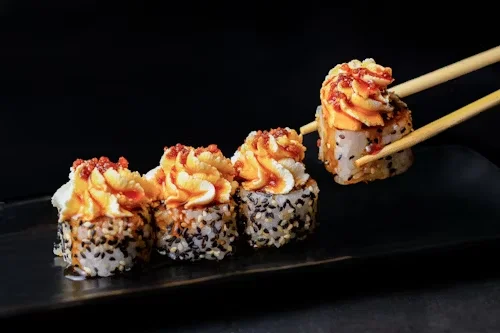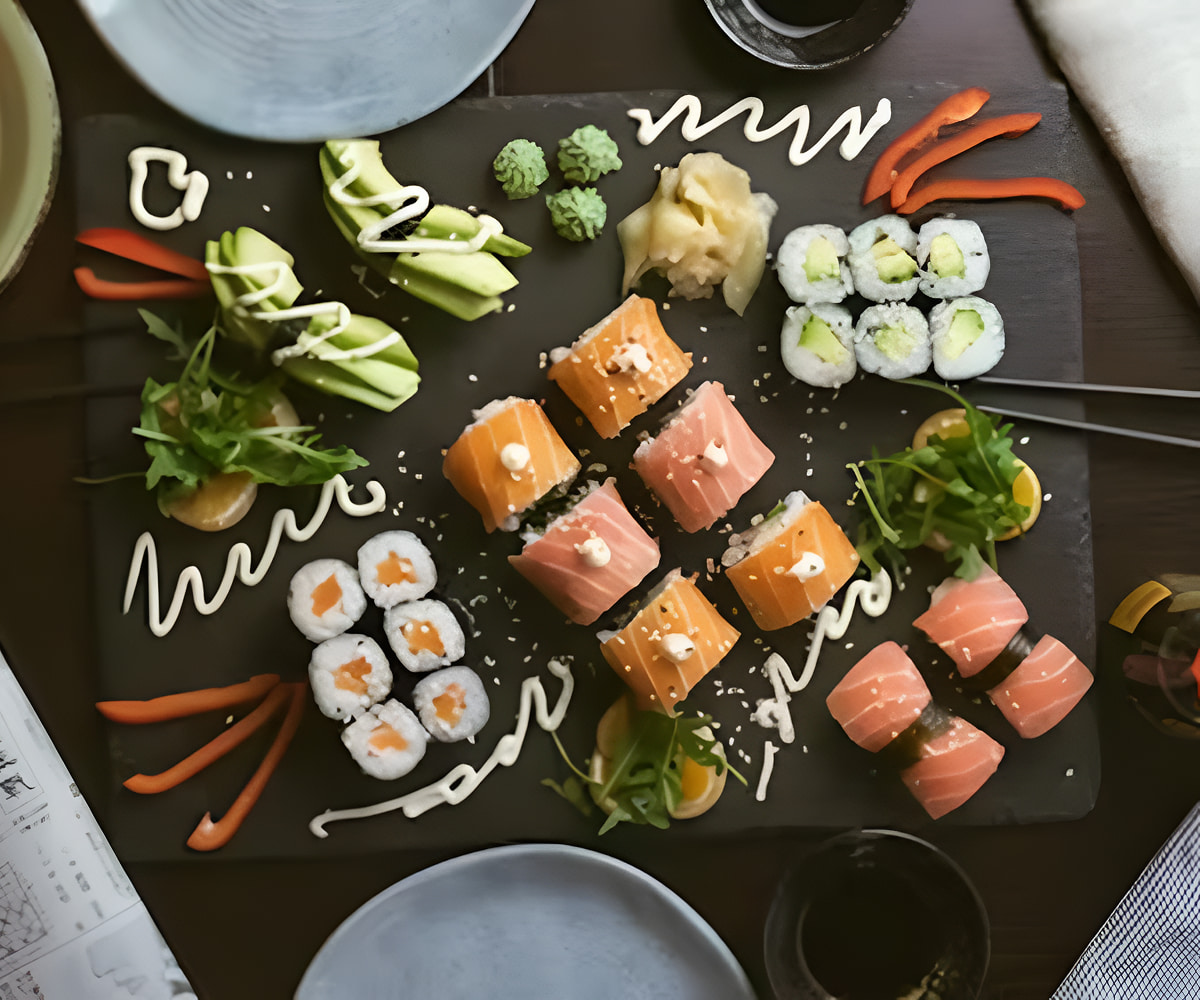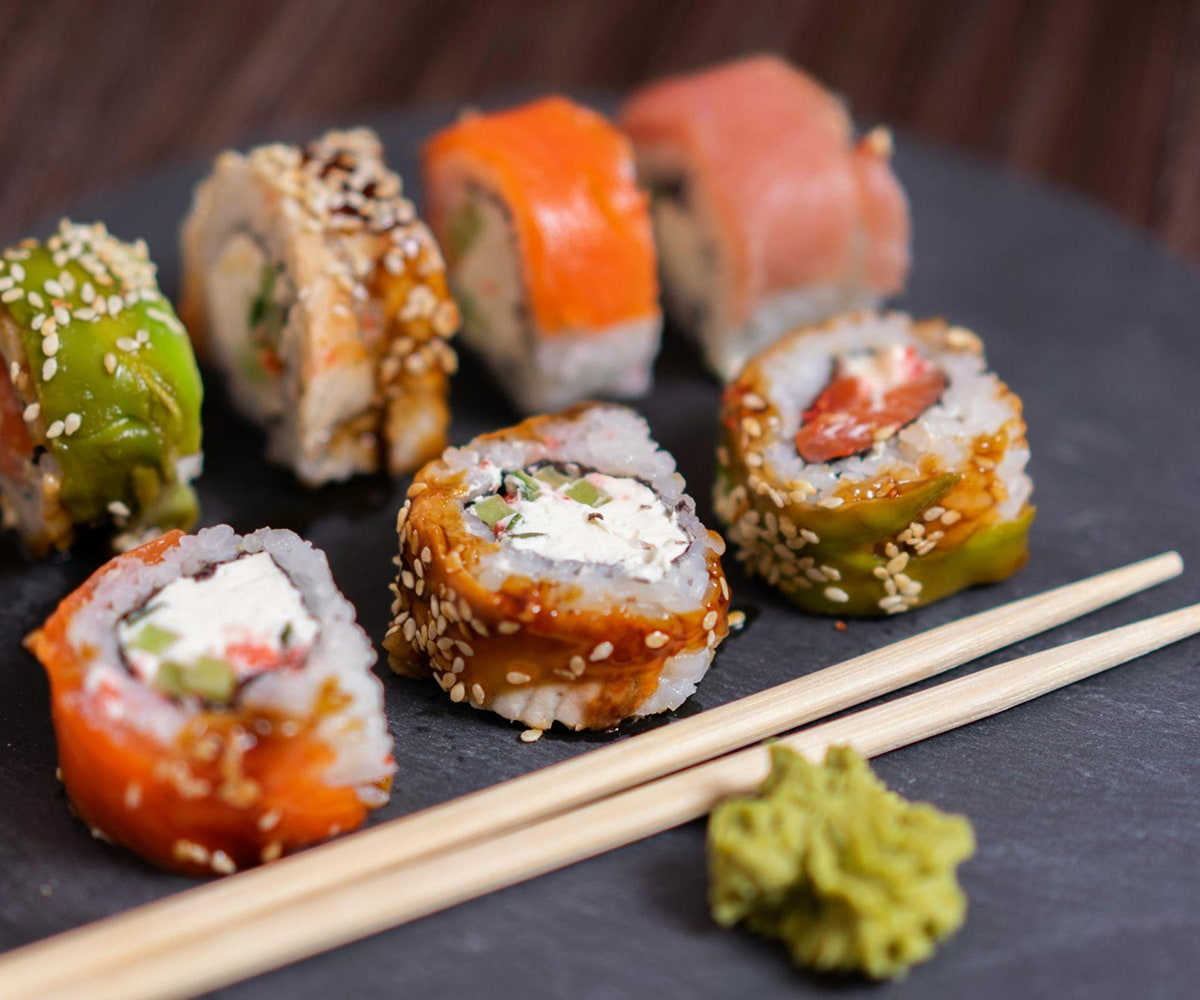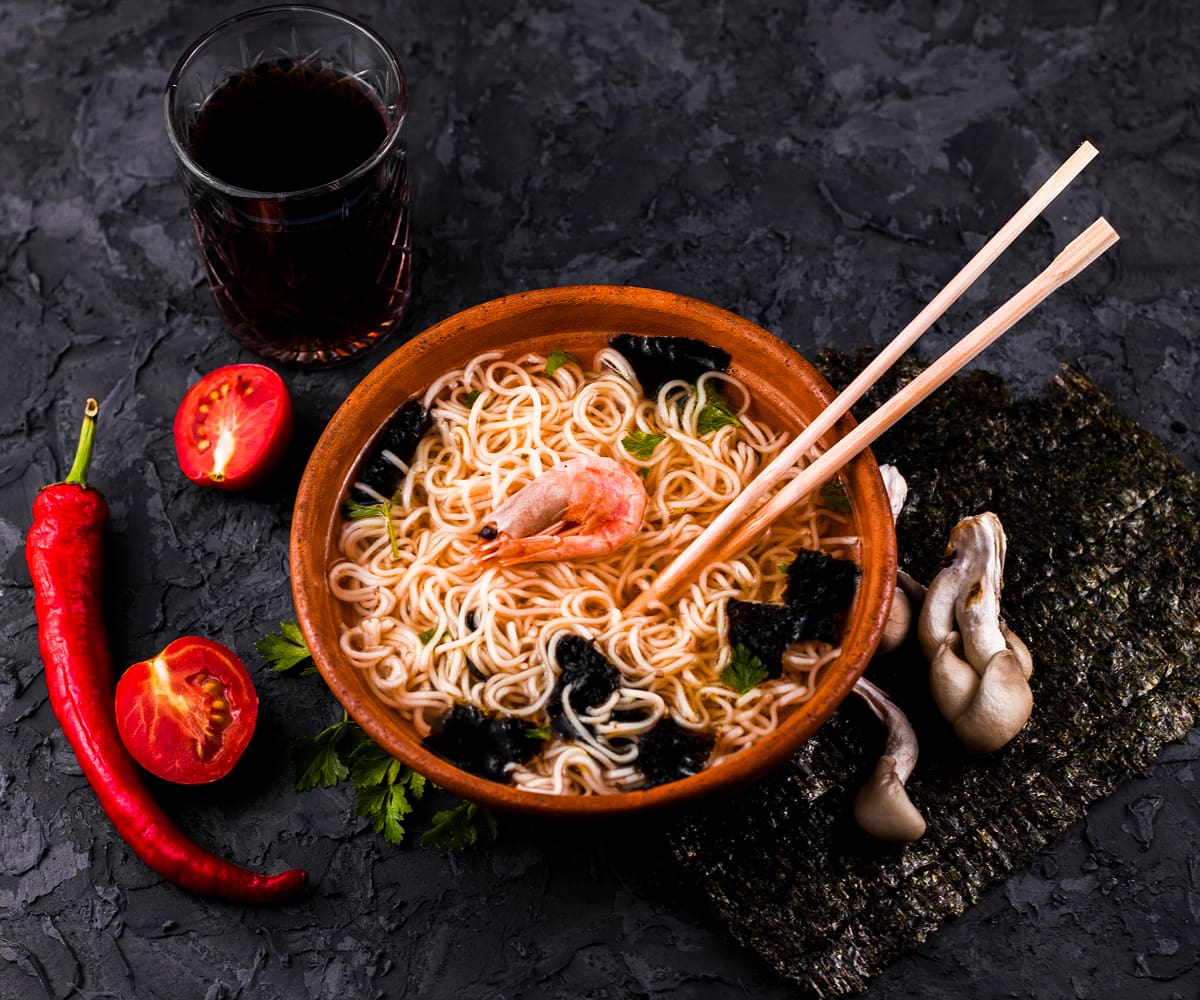Discover the science behind perfect sushi rice temperature—how to cook, season, cool, and serve rice for exquisite texture and flavor at Ram & Roll in Downtown Dubai.
At Ram & Roll at Kempinski The Boulevard in Downtown Dubai, we obsess over one deceptively simple foundation of Japanese cuisine: perfectly tempered sushi rice. Temperature shapes everything—from how starches gel and set, to how vinegar aromas bloom—so controlling heat at every step is the quiet science behind every handroll, nigiri, and chirashi we serve. As we prepare for our grand opening, our culinary team blends time-honored Japanese technique with carefully chosen tools to ensure that the rice on your plate is supple, glossy, and delicately warm—never hot, never cold, always just right.
Key Takeaways
- Perfect sushi rice is gently warm—around body temperature—so flavors feel vivid and the grains hold together without clumping.
- Control temperature across four phases: wash/soak, cook/steam, season/cool, and hold/serve.
- Premium short-grain rice, quality vinegar, and konbu (kombu) elevate aroma and umami, letting pristine fish and fillings shine.
What Is the Ideal Temperature for Sushi Rice?
Great sushi rice feels alive on the palate—silky, bouncy, and lightly warm. The ideal serving zone is close to body temperature, roughly 35–40 °C (95–104 °F). At this point, starch gels are set enough to maintain structure, yet soft enough to meld with wasabi, soy, and seafood fats. Too hot and the rice tastes steamy and muddled; too cold and it firms up, dulling sweetness and making grains fracture.
Why “just warm” matters
Short-grain Japonica rice contains a higher proportion of amylopectin, which creates that signature stickiness. When the rice cools gently to the “just warm” state, the surface starches become slightly tacky without turning gluey, so nigiri press cleanly and handrolls hold their shape while remaining fluffy at the core.
The Four Temperature Phases of Sushi Rice
1) Wash & Soak (Temperature Priming)
Start by rinsing rice under cool water until it runs mostly clear. This removes excess surface starch that can over-thicken the exterior. Then soak for 20–30 minutes (room temperature water). Soaking hydrates the grain’s core so it cooks evenly; the payoff is fewer broken grains and a softer, springier bite.
2) Cook & Steam (Gentle Heat, Even Hydration)
Whether you use a traditional donabe or a modern rice cooker, aim for steady heat to bring the pot to a brief, gentle boil before reducing to low. After the simmer completes, let the rice rest covered for 10–15 minutes off the heat. This carryover steaming equalizes moisture and temperature from edge to center. In a quality cooker (many feature dedicated sushi settings), these transitions are automated for consistency—ideal for busy service and home cooks alike.
3) Season & Cool (The Crucial Window)
Transfer the cooked rice to a hangiri (wooden rice tub) or a wide, non-reactive bowl. Fold in sushi-zu (a blend of rice vinegar, sugar, and salt) using a shamoji (rice paddle). Work with light, slicing motions to separate grains while distributing seasoning. A gentle fan or room-temperature airflow helps the surface cool and evaporate excess moisture quickly, promoting a glossy sheen. The goal is to reach around 37 °C (98.6 °F) without dropping below the mid-30s °C until service.
4) Hold & Serve (Stable Warmth)
Once seasoned, keep rice loosely covered with a damp cloth in a warm (not hot) area; avoid airtight lids, which trap steam and cause sogginess. Do not refrigerate—cold temperatures rapidly stale the starch network (retrogradation), making the rice firm and chalky. Serve promptly while the rice is warm, pliable, and fragrant.
How Sushi Rice Temperature Shapes Texture and Flavor
Temperature drives both mouthfeel and aroma release. At elevated heat, aromatics from vinegar feel harsh and the rice can smear; at low temperatures, sweetness and umami mute. In the ideal band, you’ll notice:
- Silky cohesion: Grains cling gently without mashing.
- Glossy surface: Light fanning during seasoning sets a subtle sheen.
- Balanced acidity: Vinegar notes integrate rather than sit on top.
This sweet spot is the reason a pristine slice of tuna seems more buttery, or why a crisp sheet of nori stays crisp longer in a handroll—the rice isn’t sweating steam or leaching moisture. If you want to experience the difference across styles, explore our fresh-to-order handrolls and classic nigiri; both express the value of correct rice temperature in distinct ways.
Choosing Ingredients That Support Temperature Perfection
At Ram & Roll, we source premium short-grain rice (such as Koshihikari) for its clean sweetness and resilient texture. A strip of konbu (kombu) gently steeped with the rice brings quiet depth, while our vinegar blend is tuned for balance—never overly sharp, never cloying. Because we focus on temperature stability, we also pay attention to ambient conditions in the kitchen: airflow, humidity, and the warmth of mixing vessels all affect how quickly rice cools during seasoning.
Rice quality, vinegar purity, and konbu umami are especially evident in minimalist plates: nigiri, sashimi bowls, and simple maki. If you’re exploring Japanese dining in Dubai, pair your rice-based dishes with our thoughtfully curated beverages; the nuanced aromas show beautifully alongside selections from our Japanese drinks list.
Common Pitfalls (and How to Fix Them)
- Rice is too hot at service: Fan a little longer and fluff to vent steam; replace a tight lid with a damp cloth to avoid re-steaming.
- Rice is too cold: Gently re-temper by folding in a warm corner of a wooden tub; don’t microwave seasoned rice, which can toughen the surface.
- Mushy texture: Too much water or insufficient resting time post-cook. Let it steam off the heat and use lighter folding during seasoning.
- Dry or crumbly grains: Under-soaking or over-cooling. Extend the soak to hydrate, and serve before the rice drops below mid-30s °C.
Craftsmanship at Ram & Roll
Our kitchen culture is meticulous yet calm. We prepare broths for hours for our ramen, and we bring that same patience to rice: measured soaking, precise steaming, quiet fanning, and mindful holding. Every step focuses on the sensory experience—how grains feel between chopsticks, how vinegar aromas meet the nose, how the first bite warms the palate. If you’re planning a visit to Dubai’s modern Japanese dining sanctuary, browse our menu to see how temperature-perfect rice supports everything from delicate nigiri to indulgent rolls, then secure your table via our reservation page.
FAQ: The Science Behind Perfect Sushi Rice Temperature
What temperature should sushi rice be when served?
Aim for gently warm—about 35–40 °C (95–104 °F). It’s the comfort zone where grains hold together with a soft, fluffy bite and aromatics feel balanced.
Should I season rice while it’s hot or after it cools?
Season while the rice is hot, then cool to “just warm.” Mixing hot helps vinegar integrate evenly; fanning prevents clumping and brings the rice into the ideal serving range.
Does a rice cooker make temperature control easier?
Yes. Quality cookers stabilize heat and resting times, producing consistent moisture and texture. Still, the final cooling and holding steps are manual and matter greatly.
How does konbu help?
Konbu (kombu) lends gentle umami and a rounder finish, which becomes more pronounced when the rice rests into its ideal warm zone.
Can I refrigerate sushi rice?
No. Refrigeration accelerates starch retrogradation, turning rice firm and dull. Prepare close to service, hold warm with a damp cloth, and serve promptly.
Your Next Bite in Downtown Dubai
Temperature-perfect rice is the quiet craft behind sushi that feels vivid yet serene. At Ram & Roll—Dubai’s modern Japanese dining destination at Kempinski The Boulevard—we welcome you to taste that balance across handrolls, bowls, and refined dinner plates. Explore seasonal ideas on our blog, then plan your visit with a reservation. The first warm, glossy grain will tell you everything about our philosophy: serenity meeting indulgence, one precise degree at a time.






